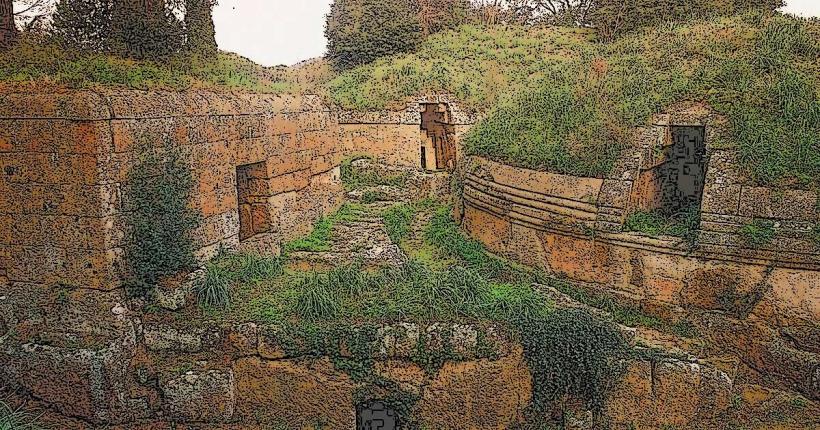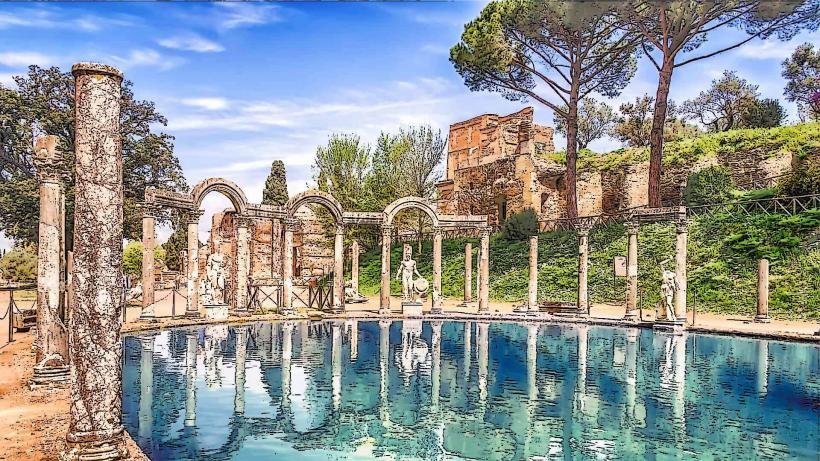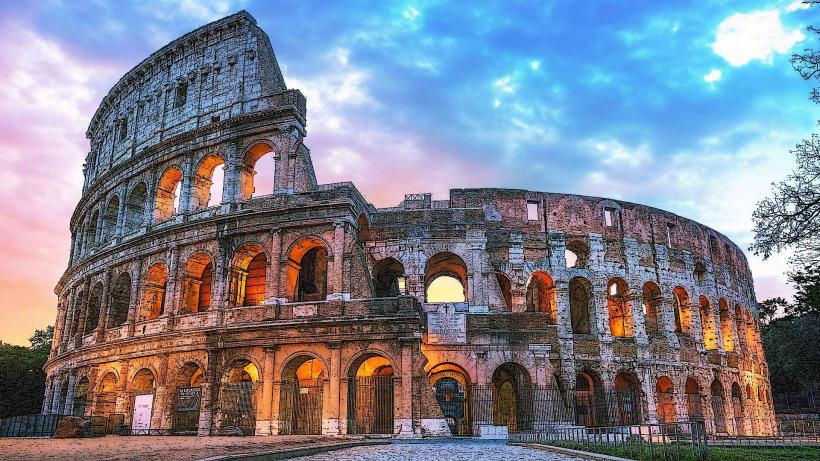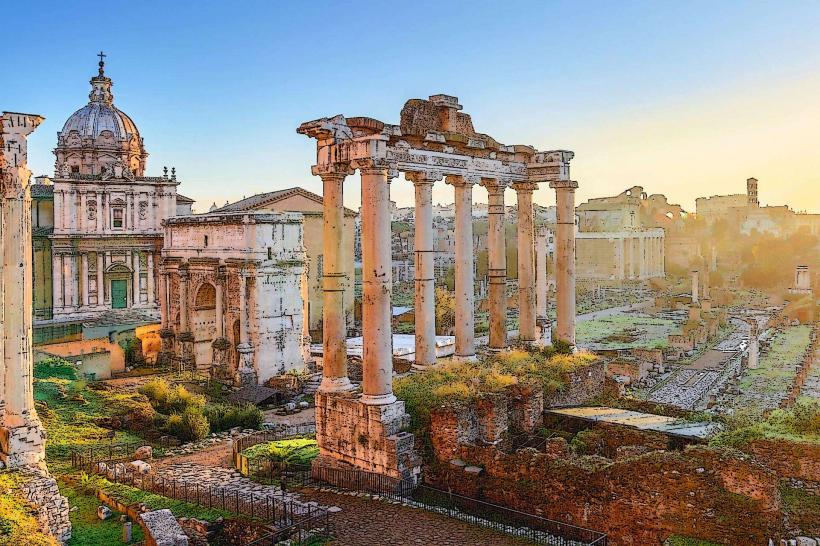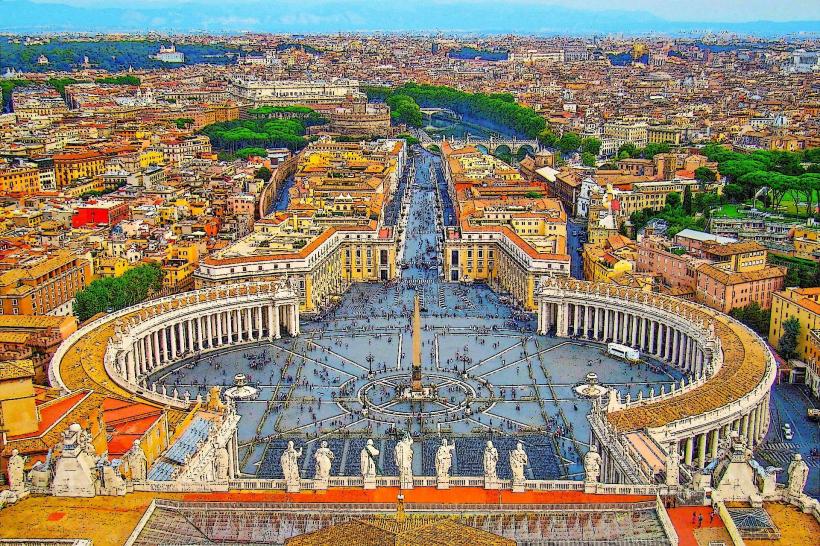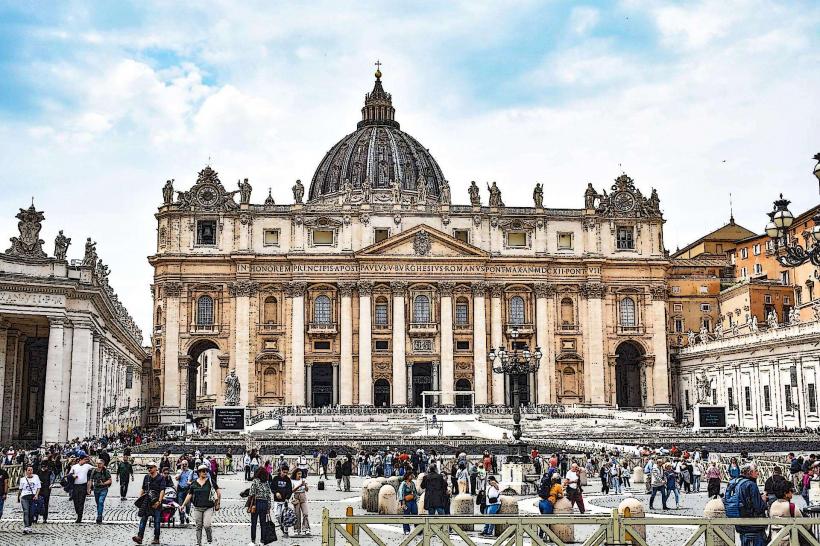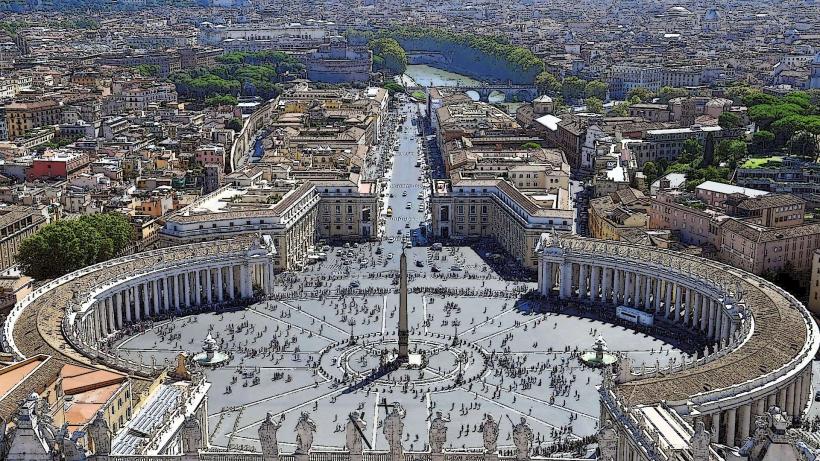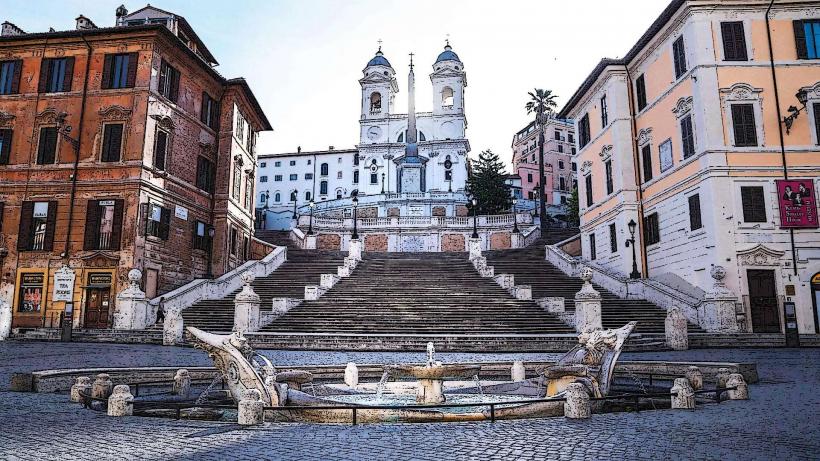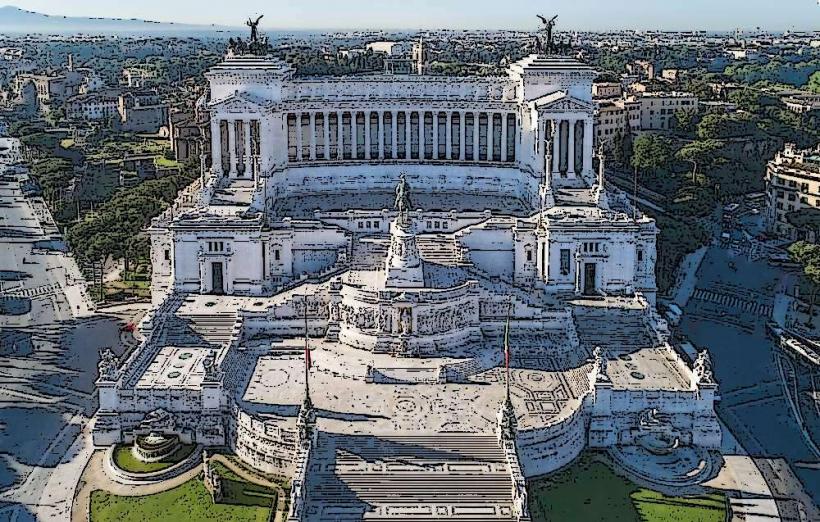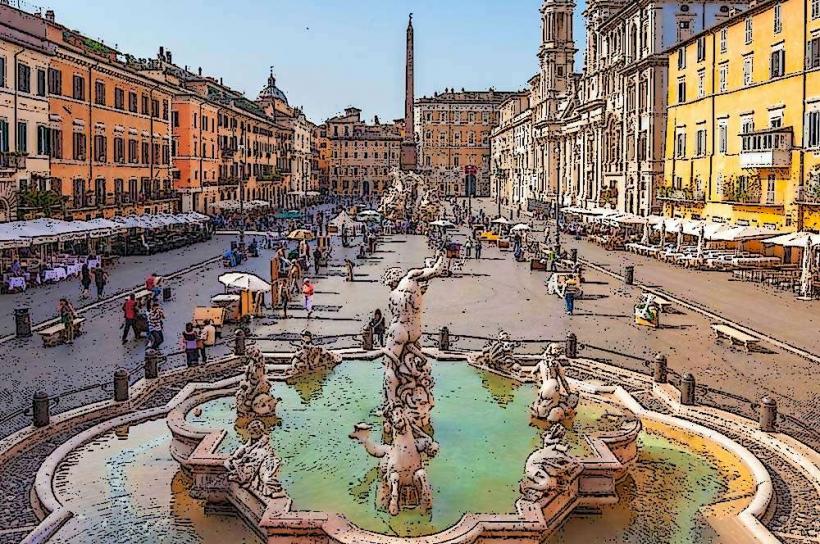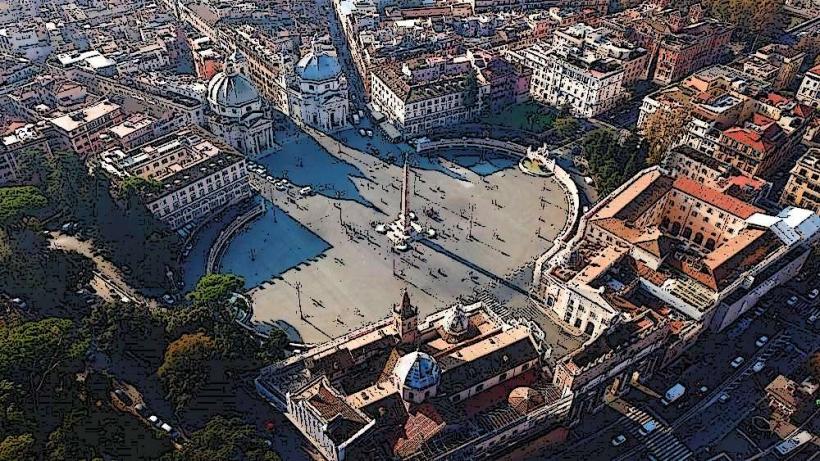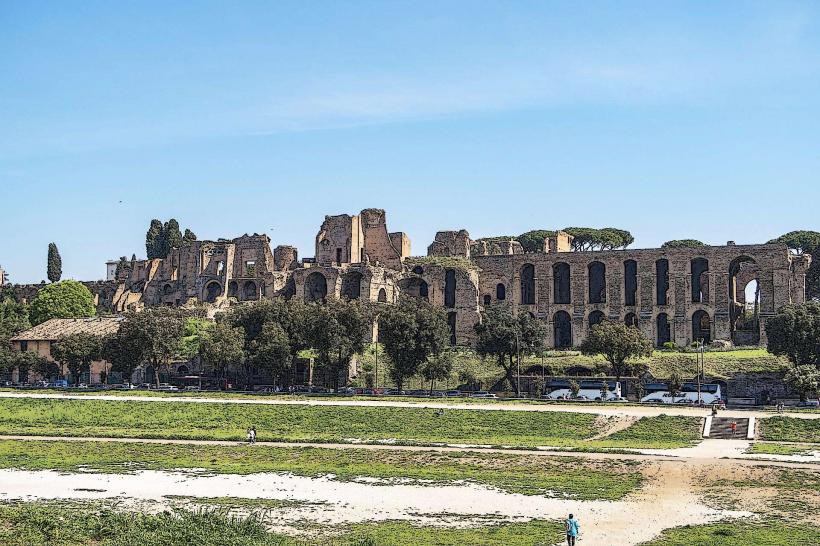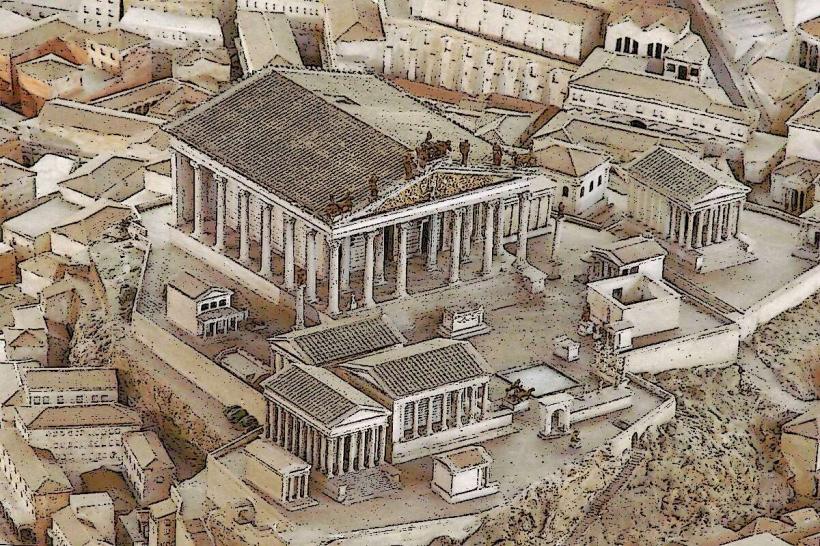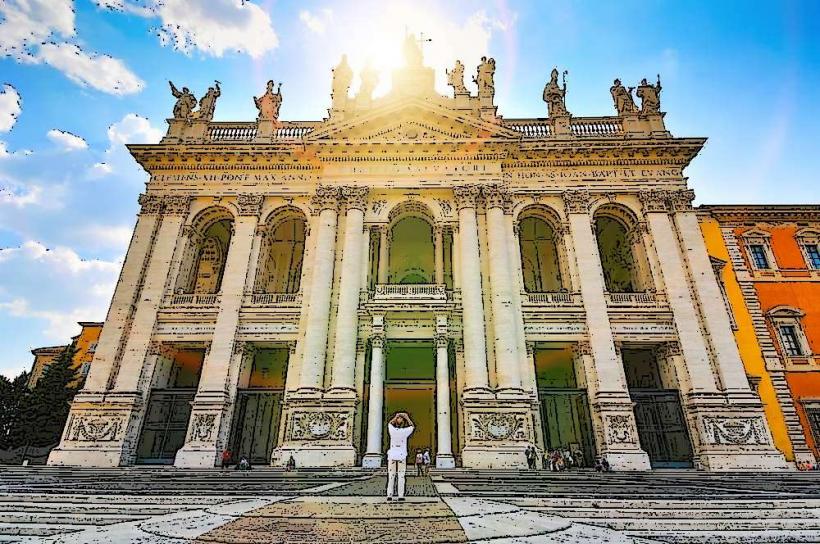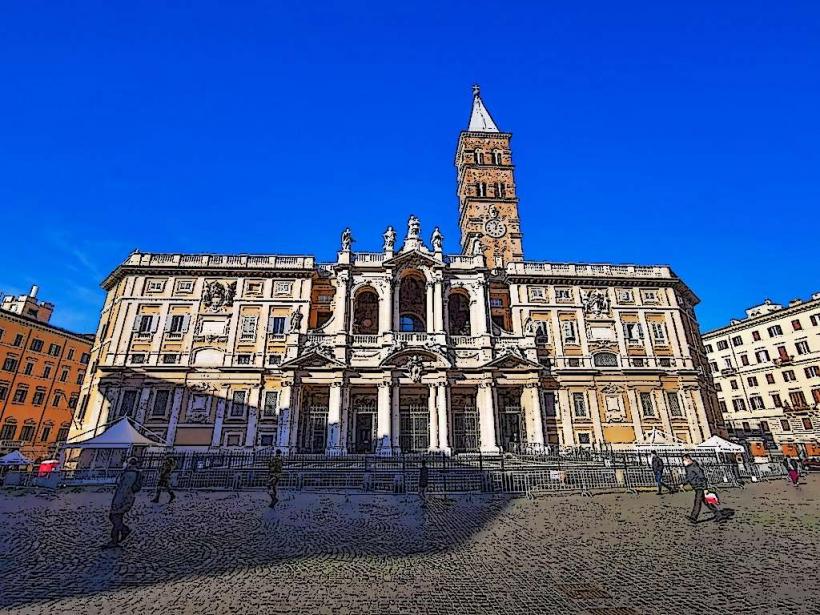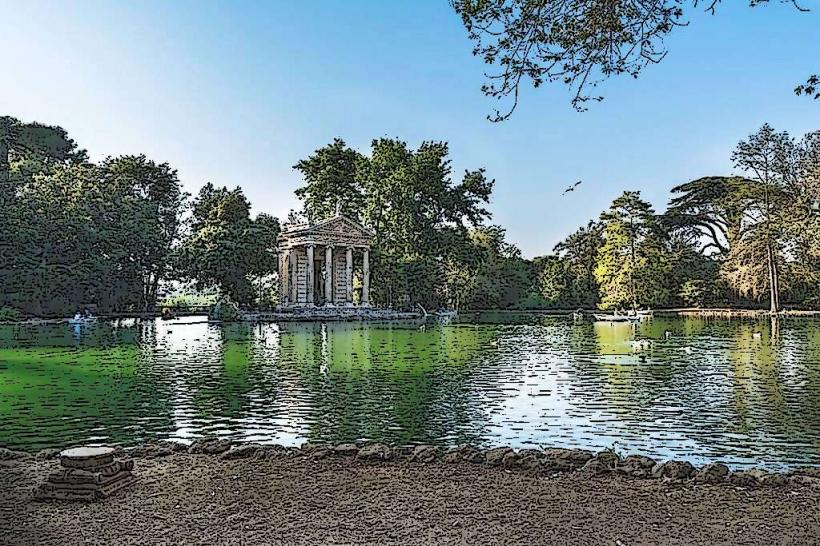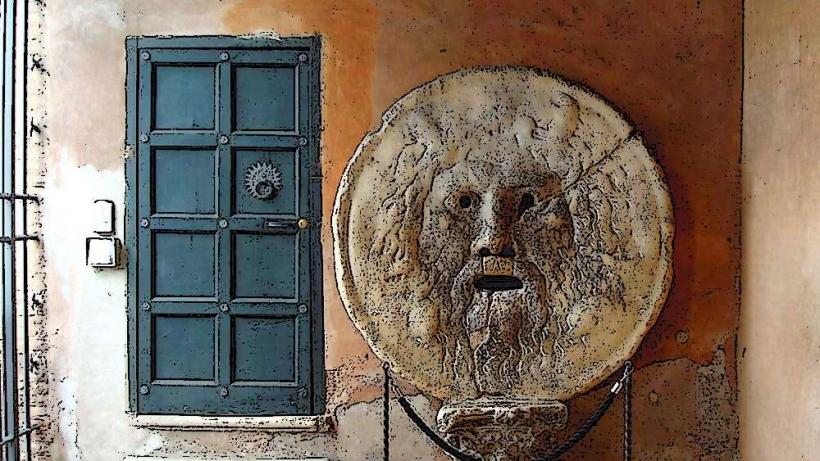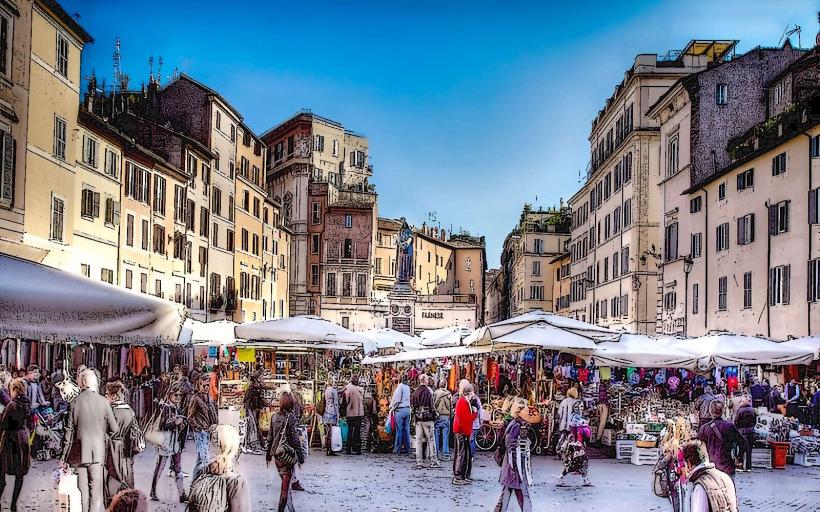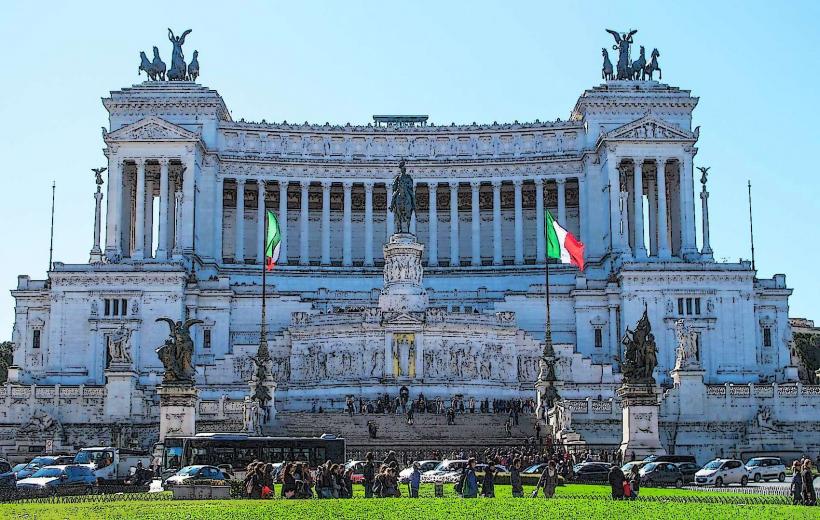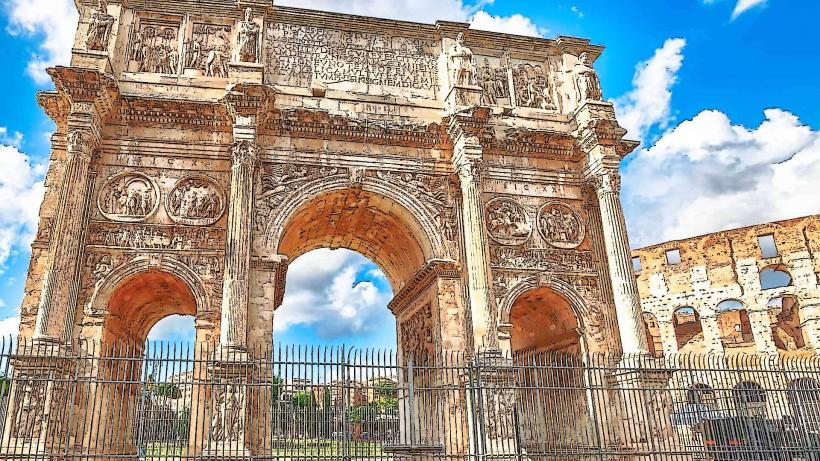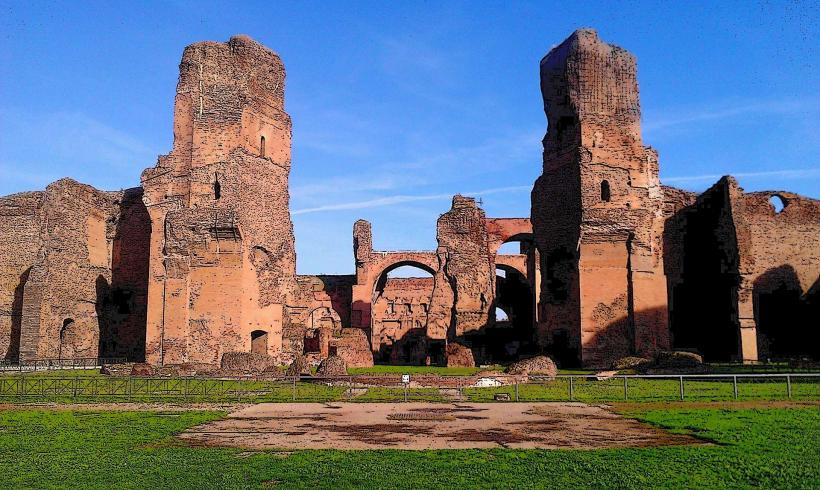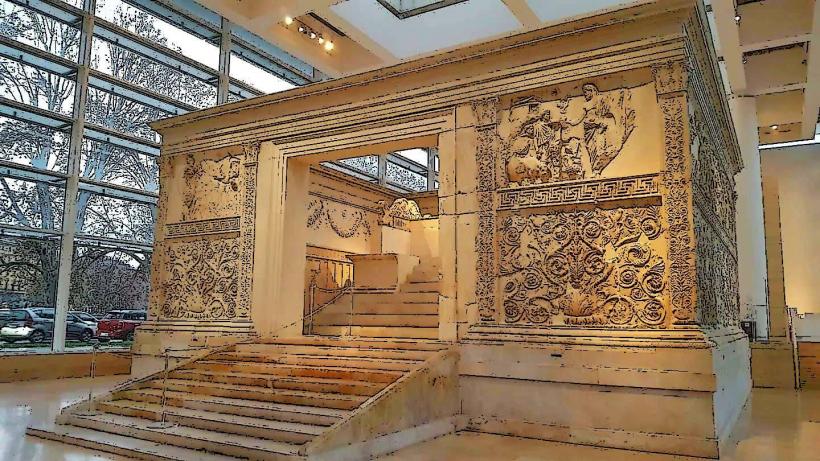Information
Landmark: Trevi FountainCity: Rome
Country: Italy
Continent: Europe
The Trevi Fountain (Fontana di Trevi) is one of the most iconic landmarks in Rome, Italy, and is widely regarded as one of the most beautiful fountains in the world. It is located in the Trevi district, near the Piazza di Trevi, and is a major tourist attraction.
Here’s a detailed look at the Trevi Fountain:
1. Overview
- Location: The Trevi Fountain is situated at the junction of three roads (tre vie), which is how it got its name. It is located in the Trevi district in the center of Rome, Italy.
- Famous for: The fountain is especially known for its dramatic Baroque style and its association with the legend of throwing a coin into the fountain, which is said to ensure a return to Rome.
2. History and Design
- Origin: The fountain is built at the termination point of the Acqua Vergine, an ancient aqueduct that was originally constructed in 19 BC during the reign of Emperor Augustus. The aqueduct was restored by Pope Urban VIII in the early 1600s, and the fountain itself was commissioned by Pope Clement XII in 1732.
- Design: The fountain was designed by architect Niccolò Salvi, who won a competition to design it. The sculpture work was completed by Giuseppe Pannini and Antonio Cavallucci, with other contributions from artists such as Francesco Cocchi.
- Completion: The Trevi Fountain was completed in 1762, though its design and restoration continued throughout the 18th century.
3. Architectural and Artistic Features
- Baroque Style: The Trevi Fountain is a masterpiece of Baroque architecture and art. Its grandiose and dramatic design combines a series of sculptures, water features, and reliefs.
- Central Figure: The central figure of the fountain is Neptune, the Roman god of the sea, who is depicted riding a chariot drawn by two sea horses. The horses represent the contrasting moods of the sea: one is calm and the other wild, symbolizing the two faces of the ocean.
- Statues and Sculptures: Surrounding Neptune are various mythological figures, including Abundance, who represents the wealth and fertility brought by the water, and Salubrity, who represents health. The fountain's design also includes Oceanus, depicted on the lower left side, symbolizing the ocean, and other allegorical figures.
- Sculptural Reliefs: The fountain’s large stone backdrop features bas-reliefs depicting the story of the aqueduct's creation and the symbolic meaning of the water supply to Rome.
4. The Coin Toss Tradition
- One of the most well-known traditions associated with the Trevi Fountain is the act of throwing a coin into the fountain. It is believed that tossing a coin into the fountain will ensure that you will return to Rome.
- How it works: According to legend, visitors should toss the coin with their right hand over their left shoulder. The coin toss tradition has become a ritual for tourists and has become deeply ingrained in the fountain’s cultural significance.
- Statistics: Approximately €3,000 are thrown into the Trevi Fountain every day. The money is collected and donated to a local charity, which helps fund services for the less fortunate in Rome.
5. Dimensions
- The Trevi Fountain is 26.3 meters (86 feet) in height and 49.15 meters (161.3 feet) in width, making it one of the largest fountains in Rome. The sheer size and grandeur of the fountain contribute to its dramatic impact, particularly when illuminated at night.
6. Significance in Film
- The Trevi Fountain is one of the most famous fountains in the world due to its appearances in numerous films, most famously in Federico Fellini’s 1960 film "La Dolce Vita". In this iconic scene, Anita Ekberg wades into the fountain in an unforgettable moment, which solidified the fountain’s status as a symbol of romance and elegance.
- The fountain has appeared in several other films, including "Roman Holiday" (1953) and "The Sweet Life" (1953), contributing to its global fame.
7. Maintenance and Preservation
- Due to its age and the immense pressure of tourism, the Trevi Fountain has undergone several restorations over the years. The most recent major restoration was completed in 2015, funded by the fashion brand Fendi, which worked with a team of experts to clean and conserve the fountain.
- The restoration involved the cleaning of the marble, the maintenance of the water systems, and the preservation of the sculptures. It was celebrated with a special ceremony in which the Pope Francis gave his blessing to the work.
8. Visiting the Trevi Fountain
- Free to Visit: The Trevi Fountain is open to the public and is free to visit. It is a popular tourist destination, and large crowds can often be seen around it, particularly in the evenings when it is beautifully lit up.
- Best Time to Visit: The fountain is especially stunning at night when the lighting creates a mesmerizing effect. Early mornings or late evenings tend to be less crowded, offering a more peaceful experience.
- Access: The fountain is located in a pedestrian area in central Rome, and visitors can walk to it from nearby landmarks like the Spanish Steps or the Pantheon.
9. Fun Facts
- Filming Location: The Trevi Fountain’s popularity in films and television shows has helped it remain a focal point for tourists visiting Rome. Its beauty and historical significance make it a must-see landmark in the city.
- Water Conservation: Despite its large size, the Trevi Fountain is known for its careful management of water. It recycles water, which is constantly circulated back into the fountain, reducing waste.
Conclusion
The Trevi Fountain is a must-see attraction for visitors to Rome. Its combination of stunning Baroque architecture, its symbolic connection to the water supply of ancient Rome, and its enduring popularity as a symbol of love and good fortune make it a central feature of the city. Whether throwing a coin in hopes of returning to the Eternal City or simply admiring its grandeur, the Trevi Fountain remains one of the most captivating and memorable landmarks in Rome.

